A new wearable system uses stretchable electronics and artificial intelligence to interpret human gestures with high accuracy even in chaotic, high-motion environments.
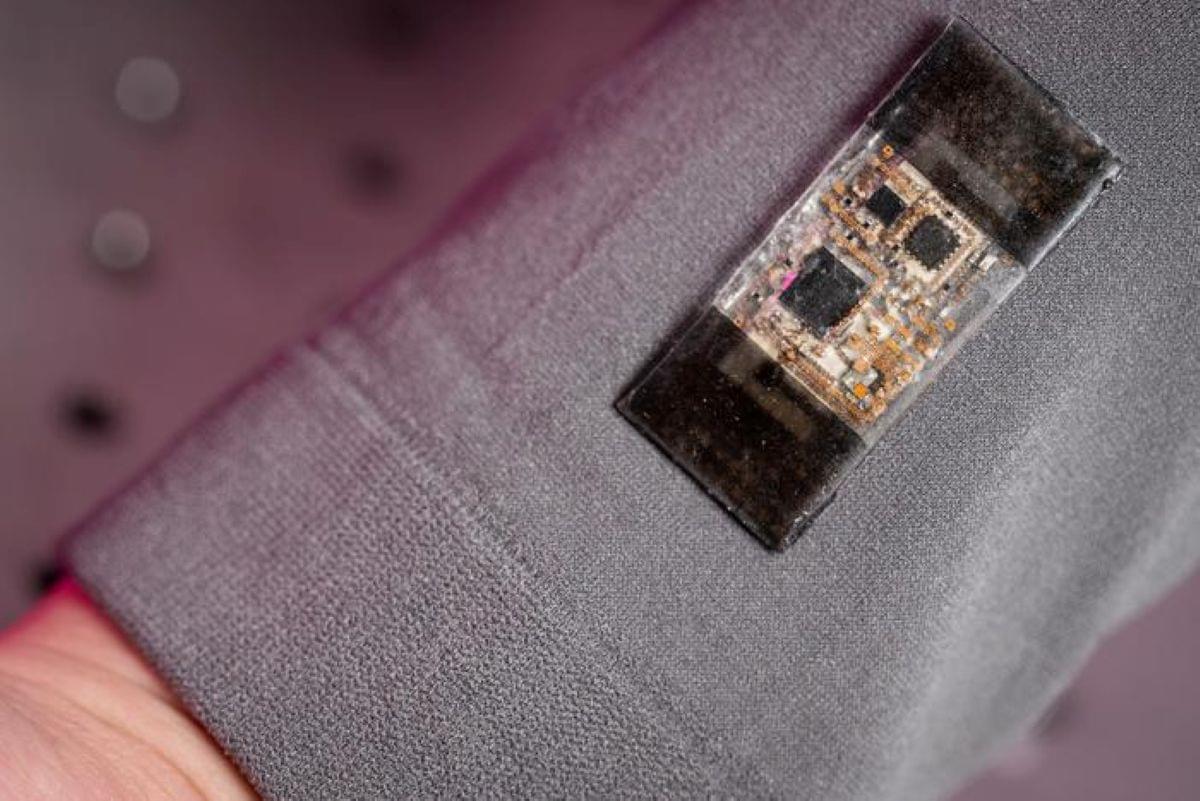

Dr. Cody shows takes a look Graph Theory related to Brain Circuitry and Neurofeedback.
►►►Muse Headband 15% off Discount (applied at checkout): https://choosemuse.com/codyrallmd.
►►►Want to connect with a Myndlift Neurocoach? $60 off with this link: https://signup.myndlift.com/subscription. Enter CODYRALL at checkout.
►►► GET YOUR FREE MEDITATION GUIDE HERE: https://bit.ly/2XIRDNa.
►►► INSTAGRAM (Behind The Scenes with Cody Rall MD): https://www.instagram.com/codyrall_techforpsych/
Cody Rall, M.D., is a United States Navy trained Psychiatrist who specializes in neurotechnology wearables. He is a co-founder of Stanford Brainstorm, the world’s first academic laboratory dedicated to transforming brain health through entrepreneurship.
Dr. Rall also served as a board member of the psychiatry innovation lab, an annual national competition at the American Psychiatric Association that works as an incubator for groups developing technological solutions to problems in mental health care. He is the founder of Techforpsych, a media and relations company that covers advancements in technology related to neuroscience.
To apply for Dr. Cody’s Brain Circuit Training program head to this link: https://www.techforpsych.com/coaching
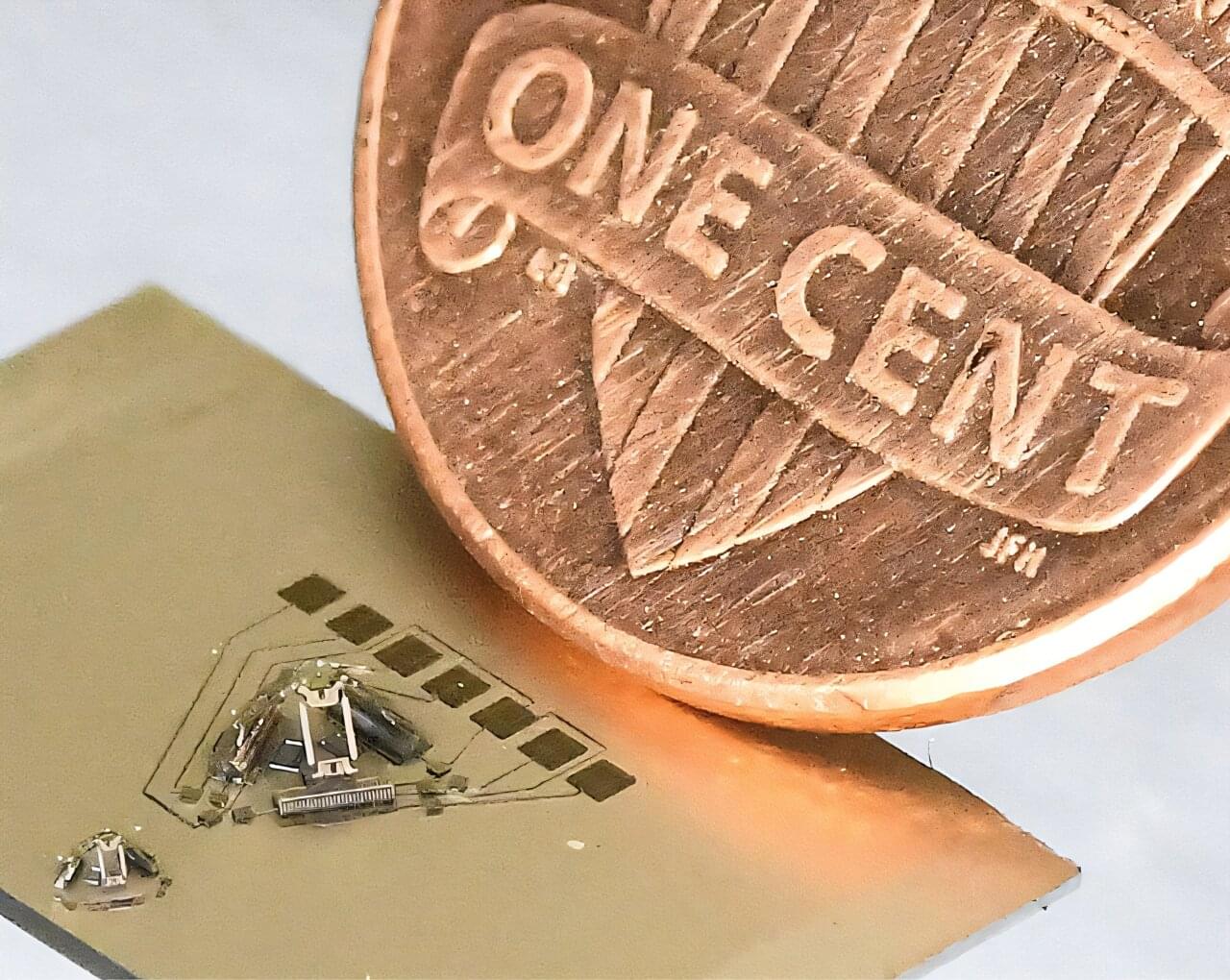
In the 1980s when micro-electro-mechanical systems (MEMS) were first created, computer engineers were excited by the idea that these new devices that combine electrical and mechanical components at the microscale could be used to build miniature robots.
The idea of shrinking robotic mechanisms to such tiny sizes was particularly exciting given the potential to achieve exceptional performance in metrics such as speed and precision by leveraging a robot’s smaller size and mass. But making robots at smaller scales is easier said than done due to limitations in microscale 3D manufacturing.
Nearly 50 years later, Ph.D. students Steven Man and Sukjun Kim, working with Mechanical Engineering Professor Sarah Bergbreiter, have developed a 3D printing process to build tiny Delta robots called microDeltas. Delta robots at larger scales (typically two to four feet in height) are used for picking, placing, and sorting tasks in manufacturing, packaging, and electronics assembly. The much smaller microDeltas have the potential for real-world applications in micromanipulation, micro assembly, minimally invasive surgeries, and wearable haptic devices.
Visionary, patient-centric health research for all — dr. julia moore vogel, phd — scripps research / long covid treatment trial.
Dr. Julia Moore Vogel, PhD, MBA is Assistant Professor and Senior Program Director at The Scripps Research Institute (https://www.scripps.edu/science-and-me… where she is responsible for managing a broad portfolio of patient-centric health research studies, including The Long COVID Treatment Trial (https://longcovid.scripps.edu/locitt-t/), a fully remote, randomized, placebo-controlled clinical trial targeting individuals with long COVID, testing whether the drug Tirzepatide can reduce or alleviate symptoms of long COVID.
Prior to this current role, Dr. Vogel managed The Participant Center (TPC) for the NIH All of Us Research Program (https://www.scripps.edu/science-and-me… which was charged with recruiting and retaining 350,000 individuals that represent the diversity of the United States. TPC aims to make it possible for interested individuals anywhere in the US to become active participants, for example by collaborating with numerous outreach partners to raise awareness, collecting biosamples nationwide, returning participants’ results and developing self-guided workflows that enable participants to join whenever is convenient for them.
Prior to joining the Scripps Research Translational Institute, Dr. Vogel created, proposed, fundraised for, and implemented research and clinical genomics initiatives at the New York Genome Center and The Rockefeller University. She oversaw the proposal and execution of grants, including a $44M NIH Center for Common Disease Genomics in collaboration with over 20 scientific contributors across seven institutions. She also managed corporate partnerships, including one with IBM that assessed the relative value of several genomic assays for cancer patients.
Dr. Vogel has a BS in Mathematics from Rensselaer Polytechnic Institute, a PhD in Computational Biology and Medicine from Cornell and an MBA from Cornell.
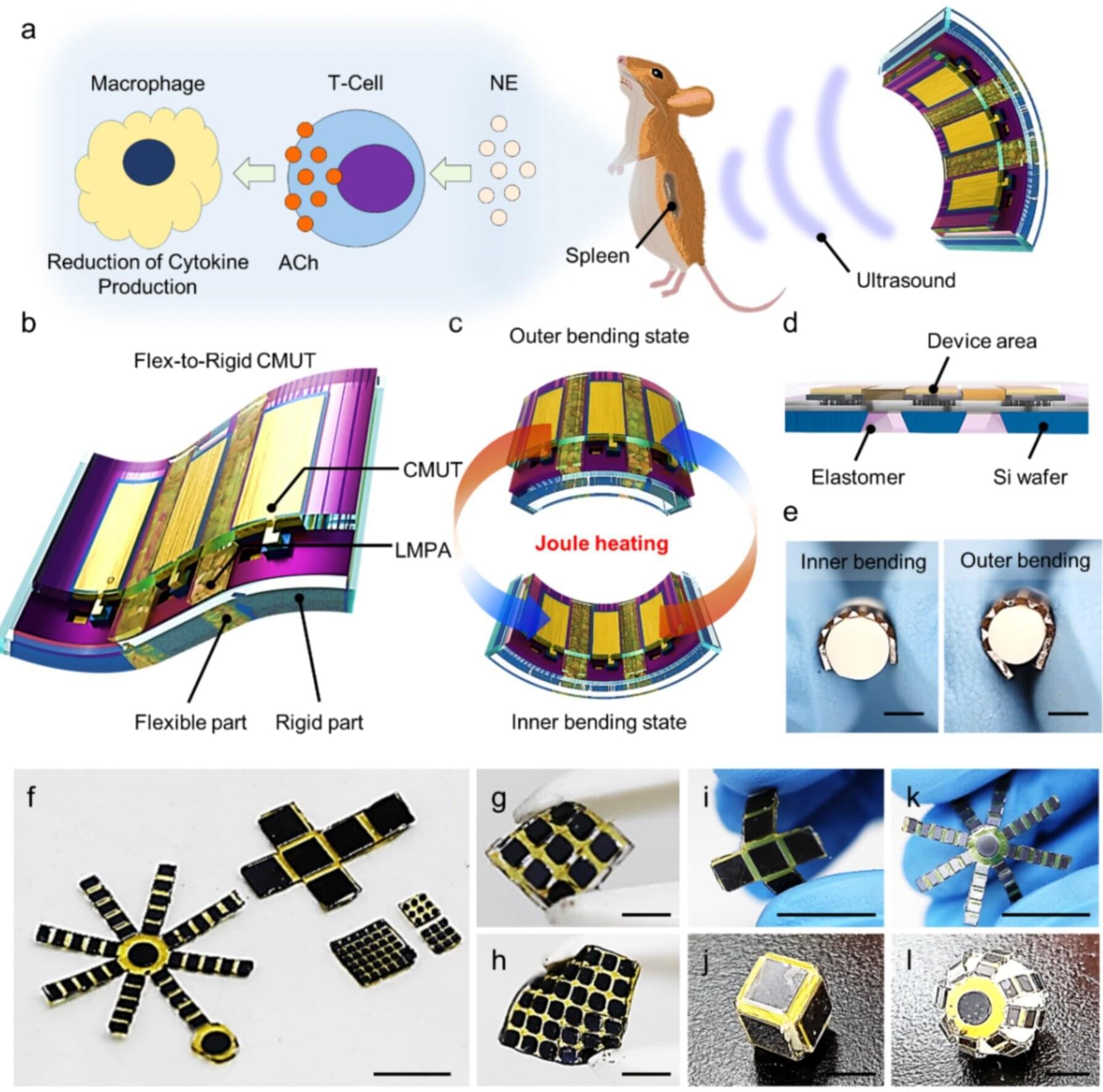
Conventional wearable ultrasound sensors have been limited by low power output and poor structural stability, making them unsuitable for high-resolution imaging or therapeutic applications.
A KAIST research team has now overcome these challenges by developing a flexible ultrasound sensor with statically adjustable curvature. This breakthrough opens new possibilities for wearable medical devices that can capture precise, body-conforming images and perform noninvasive treatments using ultrasound energy.

The innovation is claimed to be ideal for cold-climate electronics, wearable devices, and grid storage.
Researchers have demonstrated that aqueous zinc-ion batteries can offer long-term cycling stability and higher energy density with a new method.
Researchers from The Hong Kong Polytechnic University and Shenzhen University used a different type of cathode that delivers exceptional performance in aqueous zinc-ion batteries across a wide temperature range.
They developed a novel K⁺ and C3N4 co-intercalated NH4V4O10 (KNVO-C3N4) cathode to use in aqueous zinc-ion batteries.
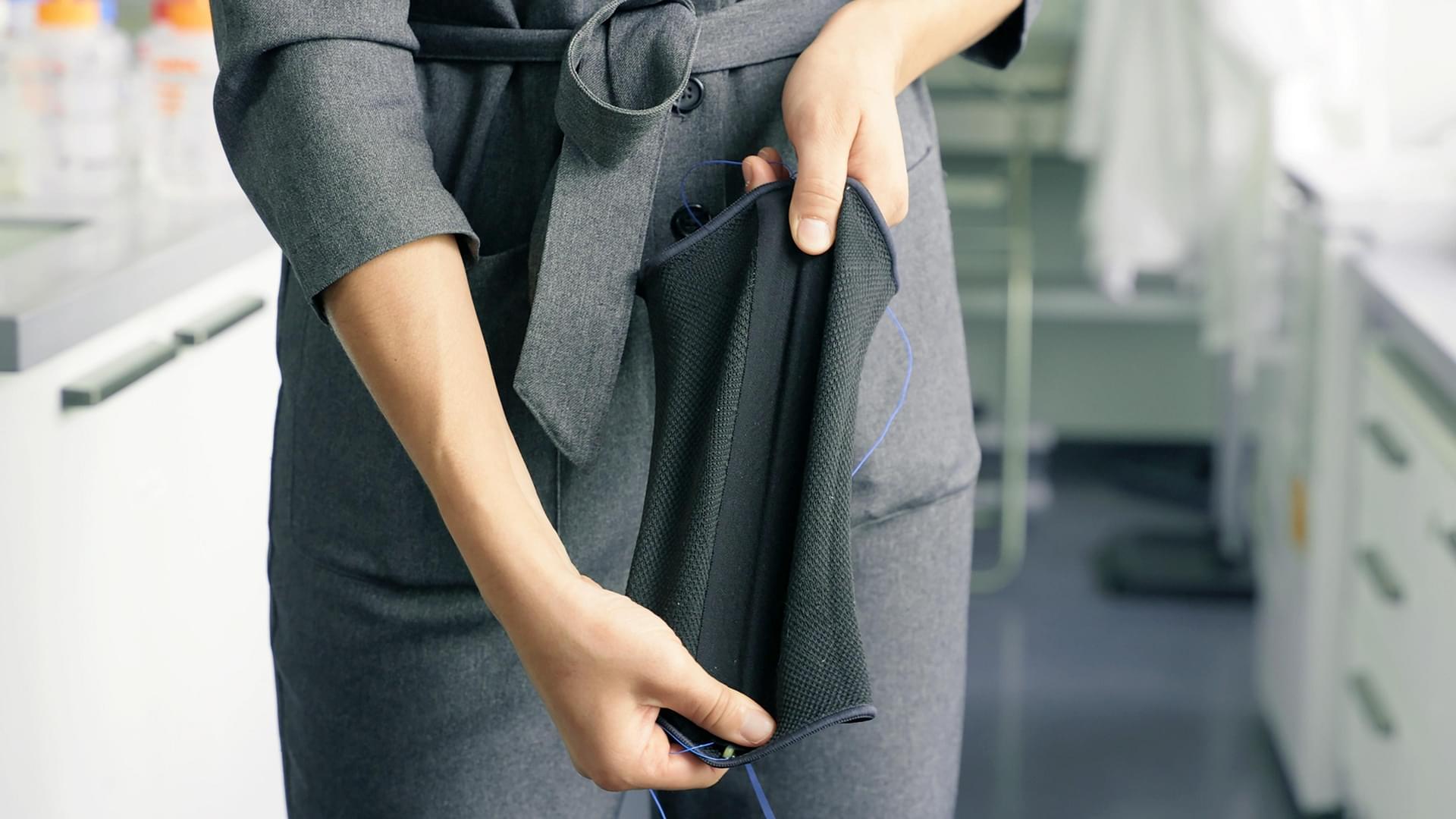
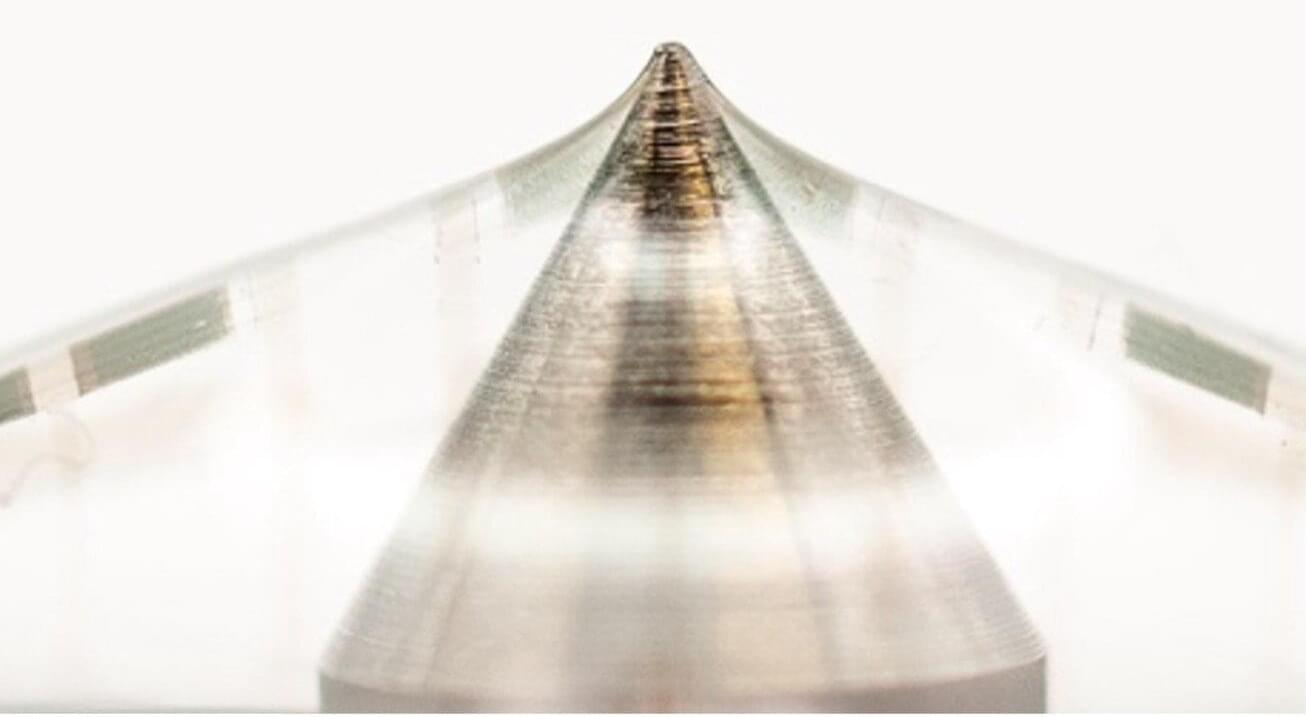
The rapid advancement of sensing and artificial intelligence (AI) systems has paved the way for the introduction of increasingly sophisticated wearable devices, such as fitness trackers and technologies that closely monitor signals associated with specific diseases or medical conditions. Many of these wearable electronics rely on so-called biosensors, devices that can convert biological responses into measurable electrical signals in real-time.
While fitness trackers and other wearable electronics are now widely used, the signals that many existing devices pick up are sometimes inaccurate or distorted. This is because the bending of sensors, moisture and temperature fluctuations sometimes produce inaccurate readings and drifts (i.e., gradual changes that are unrelated to a measured signal).
Researchers at Stanford University have developed new skin-inspired biosensors based on organic field effect transistors (OFETs), devices based on organic semiconductors that control the flow of current in electronics.
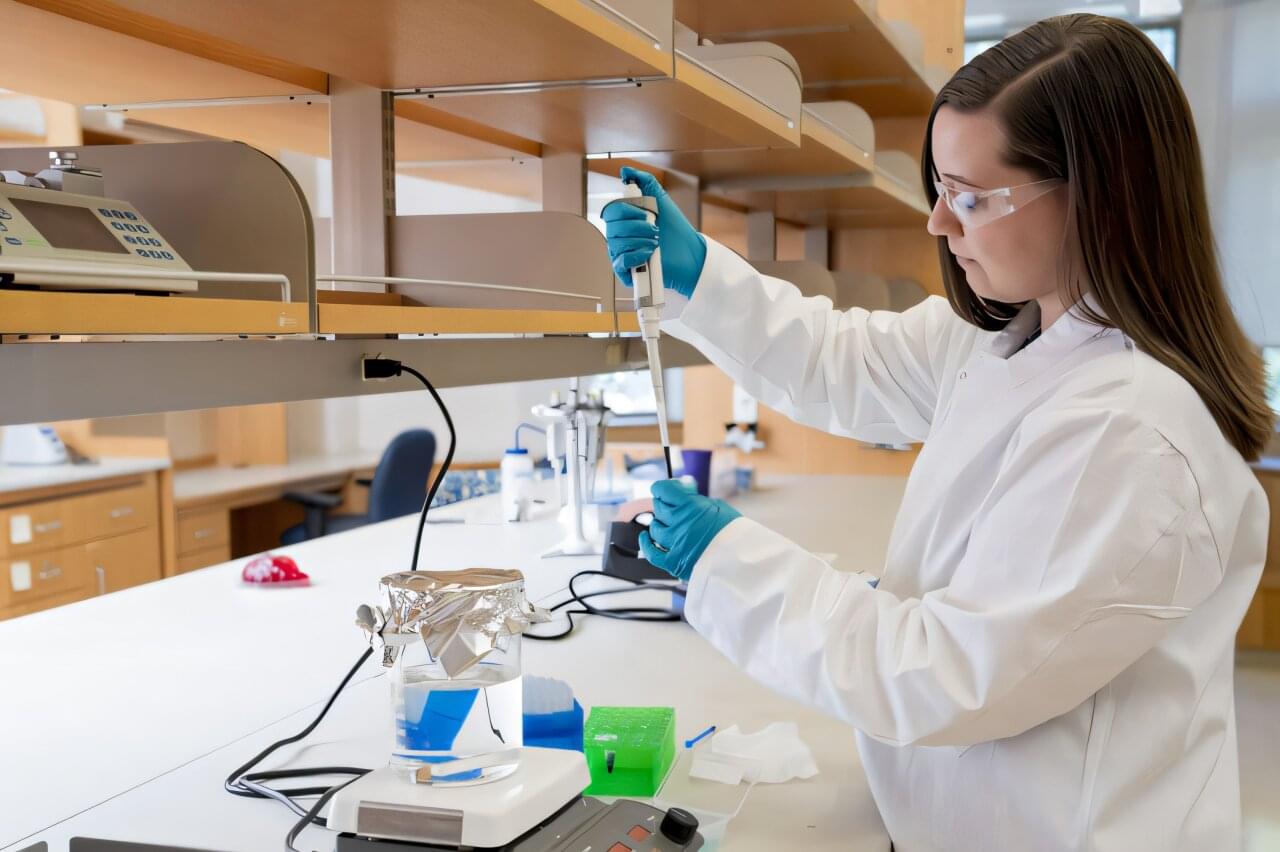
Wearable or implantable devices to monitor biological activities, such as heart rate, are useful, but they are typically made of metals, silicon, plastic and glass and must be surgically implanted. A research team in the McKelvey School of Engineering at Washington University in St. Louis is developing bioelectronic hydrogels that could one day replace existing devices and have much more flexibility.
Alexandra Rutz, an assistant professor of biomedical engineering, and Anna Goestenkors, a fifth-year doctoral student in Rutz’s lab, created novel granular hydrogels. They are made of microparticles that could be injected into the body, spread over tissues or used to encapsulate cells and tissue and also to monitor and stimulate biological activity. Results of their research were published Oct. 8 in the journal Small.
The microparticles are spherical hydrogels made from the conducting polymer known as PEDOT: PSS. When packed tightly, they are similar to wet sand or paste: They hold as a solid with micropores, but they can also be 3D printed or spread into different shapes while maintaining their structure or redistributed into individual microparticles when placed in liquid.
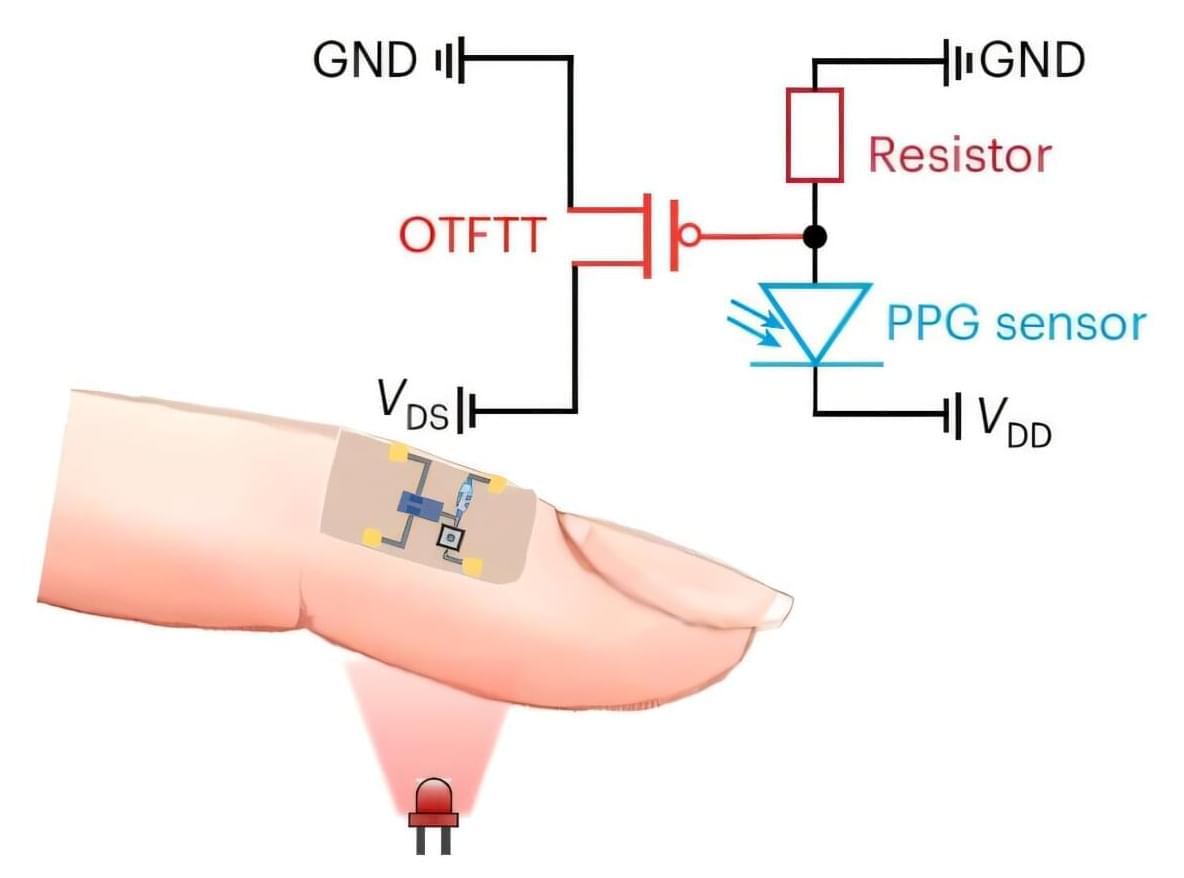
To meet the growing demands of flexible and wearable electronic systems, such as smart watches and biomedical sensors, electronics engineers are seeking high-performance transistors that can efficiently modulate electrical current while maintaining mechanical flexibility.
Thin-film transistors (TFTs), which are comprised of thin layers of conducting, semiconducting and insulating materials, have proved to be particularly promising for large-area flexible and wearable electronics, while also enabling the creation of thinner displays and advanced sensors.
Despite their potential, the energy-efficiency with which these transistors can switch electrical current has proved difficult to improve. This is due to the so-called thermionic limit, a theoretical threshold that delineates the lowest possible voltage required for a transistor to boost electrical current by a factor of 10 at room temperature when switching between “off” and “on” states.